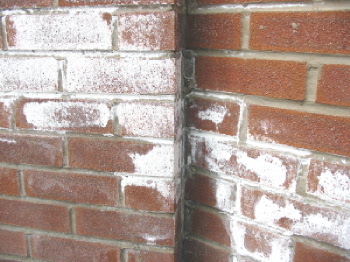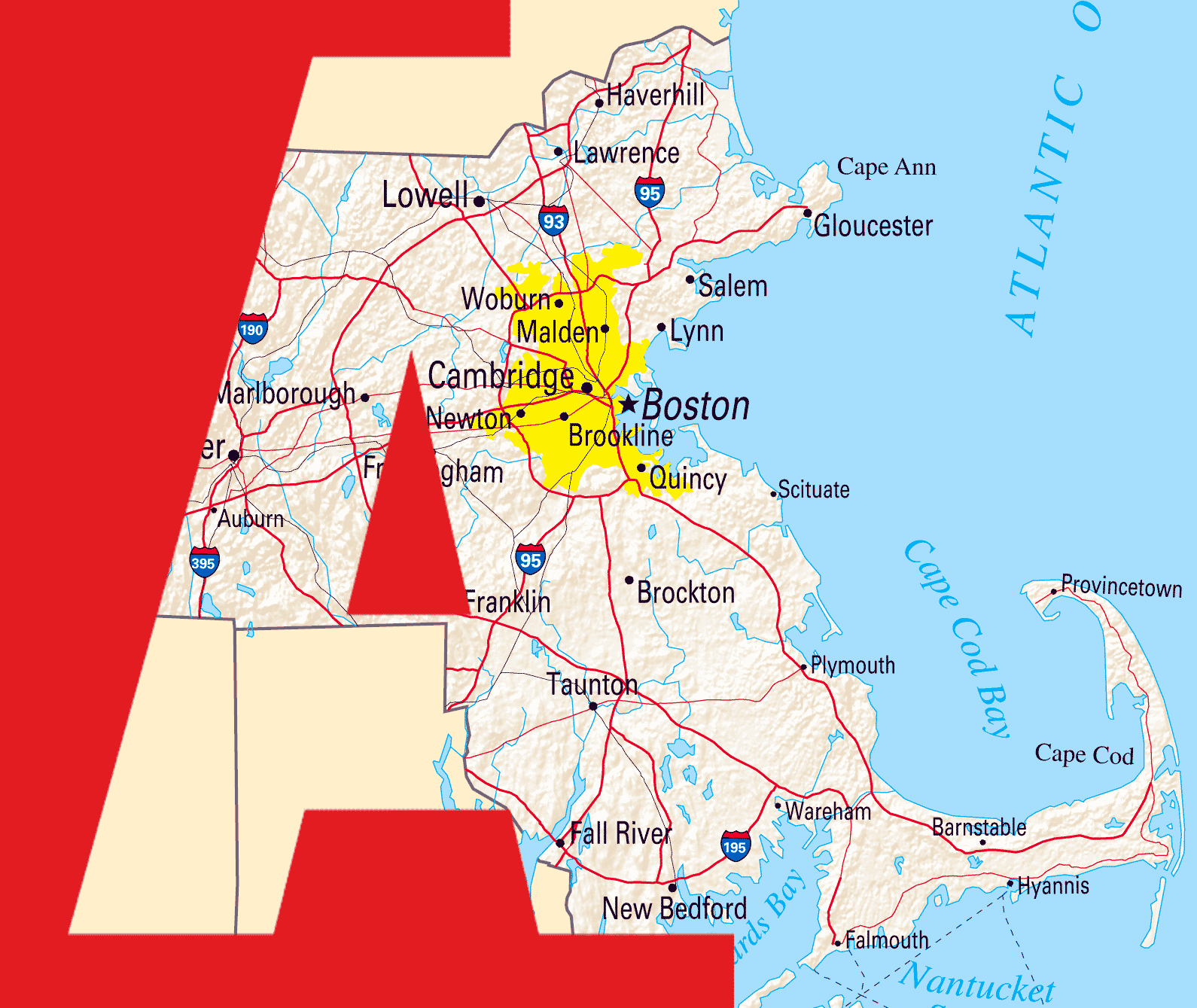
Have you ever noticed a white, powdery residue left on brickwork? This is known as efflorescence, and can be a more serious problem than simply being an eyesore. Commonly caused by water infiltration, efflorescence can lead to deterioration, crumbling, or spalling, requiring additional brick repair and unwanted costs to your building restoration project.
The powdery appearance of efflorescence is due to its composition of soluble salts and minerals left after the water from infiltration has evaporated. When these compounds make their way into the interior of the structure is when the costly damage and deterioration occurs.
In order to avoid the threat of damage from efflorescence, all bricks used on-site should be kept clean and dry on a hard and drained surface, and covered with a waterproof sheeting. If bricks are loaded on scaffolding prior to laying, they should be covered and protected as well. Newly laid brickwork should not be allowed to be saturated, especially in the cold winter months and early spring.
Existing brickwork tarnished by efflorescence can be removed in a number of ways. A common practice used for removal is sandblasting. While effective, sandblasting can also erode the brick surface, making it more susceptible to water damage. Brickwork should be sealed with a waterproofing material following any sandblasting application to protect its integrity and durability.
Efflorescence can also be removed with chemical cleaners. Since many chemical cleaners can be highly acidic, brick should be immediately washed with clean water to prevent the possibility of erosion and additional damage.
For more information on professional and effective brick repair, call Abbot Building Restoration at 617-445-0274.


